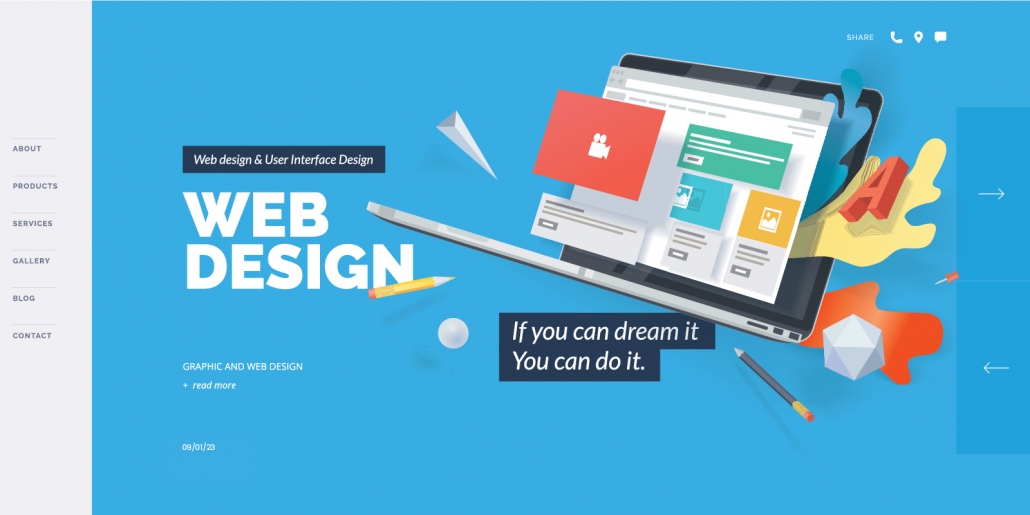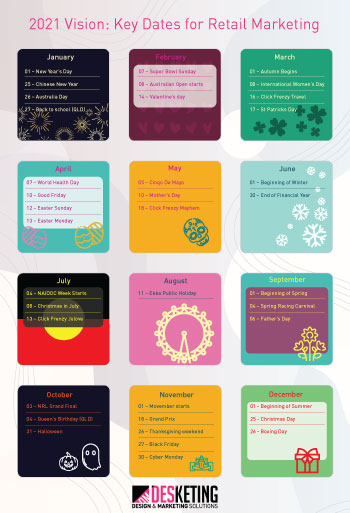WebDesign
9 steps for Designing a Website
Here are the general steps for designing (or re/design) a website. Must read before you start any web development.
#1. Define Purpose
Define the purpose and target audience: It is important to have a clear understanding of the goals of the website and who the primary users will be. This will help guide the design process and ensure that the website is effective at meeting its objectives.
#2. Competitor Analysis
Conduct a competitor analysis: By reviewing other websites in the same industry or niche, you can get a sense of what is already being done and identify any opportunities or gaps that you can fill with your own website.
#3. Content Strategy
Develop a content strategy: A content strategy involves creating a hierarchy of information and determining what content will be included on the website. This helps to ensure that the website is organized and easy for users to navigate.
#4. Wireframe
Create a wireframe or prototype: A wireframe is a basic outline of the website’s layout and structure. It can be created using a wire-framing tool or by sketching it out on paper. A wireframe helps to plan out the navigation and organisation of content on the website.
#5. Visual Elements
Design the visual elements: This includes choosing a color scheme, typography, and graphic elements for the website. The design should be visually appealing and consistent with the branding of the company or organisation.
#6. Build the website
Build the website: This can be done using a content management system (CMS) such as WordPress, or by writing HTML and CSS code by hand.
#7. Test, Test and Test
Test the website: It is important to test the website to ensure that it is functioning properly and that the user experience is seamless across different devices and browsers. This may involve testing the website on various devices and browsers, as well as conducting user testing to gather feedback.
#8. Launch It!
Launch the website: Once the website is complete and has been tested, it is ready to be launched and made available to the public.
#9. Maintenance
Ongoing maintenance: It is important to regularly update and maintain the website to keep it current and address any issues that arise. This may include adding new content, fixing any bugs or technical issues, and making design or functionality updates as needed.
Contact your Desketing (Design and marketing) Specialist for more information about web design or click here.





